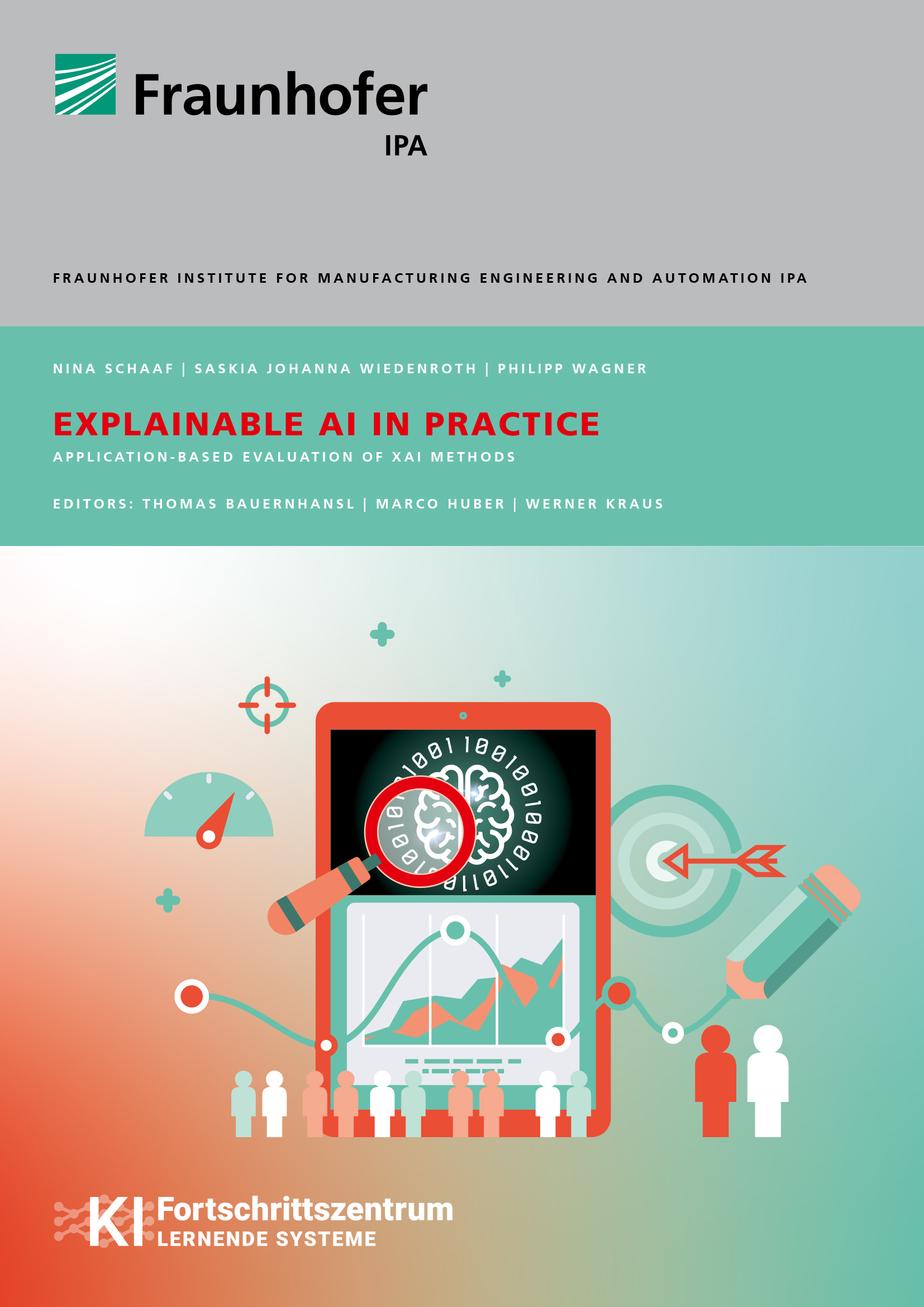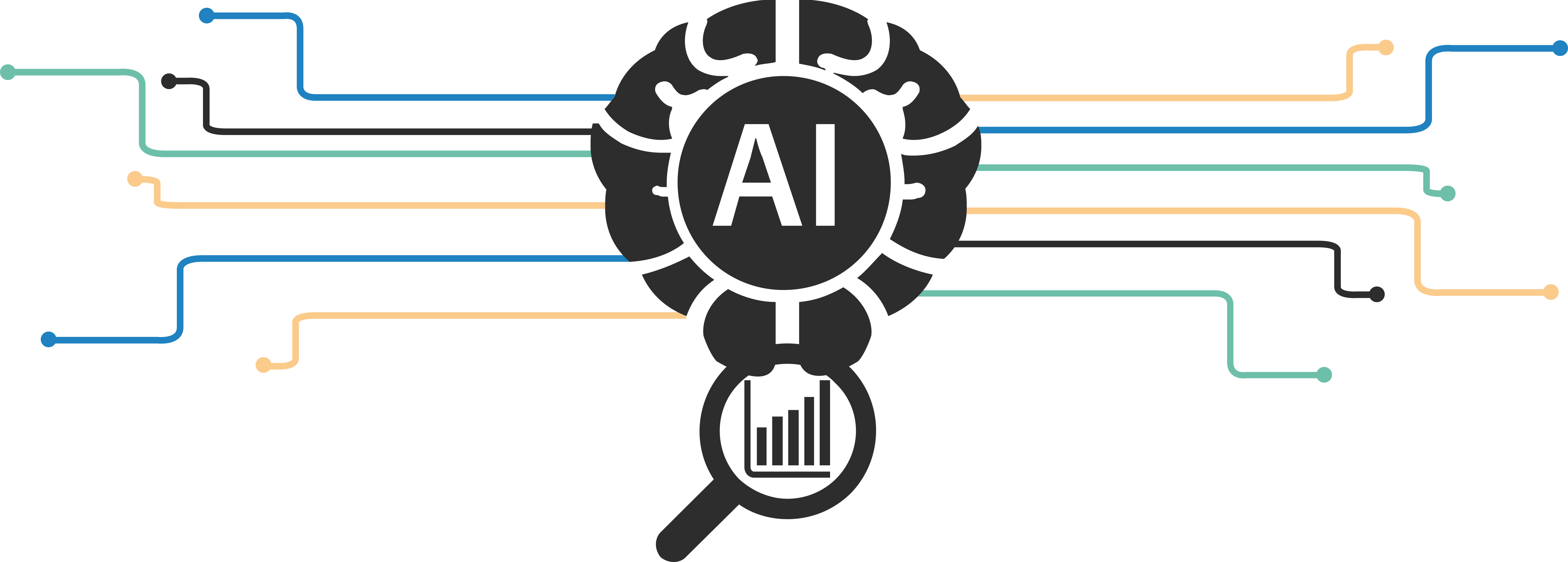Just a few decades ago, artificial intelligence (AI) was the stuff of science fiction, but has since become part of our daily lives. In manufacturing, it identifies anomalies in the production process. For banks, it makes decisions regarding loans. And on Netflix, it finds just the right film for every user. All of this is made possible by highly complex algorithms that work covertly in the background. The more challenging the problem, the more complex the AI model – and the more inscrutable.
But users want to be able to understand how a decision has been made, particularly with critical applications: Why was the work piece rejected? What caused the damage to my machine? It is only by understanding the reason for decisions that improvements can be made – and this increasingly applies to safety, too. In addition, the EU General Data Protection Regulation stipulates that decisions must be transparent.

